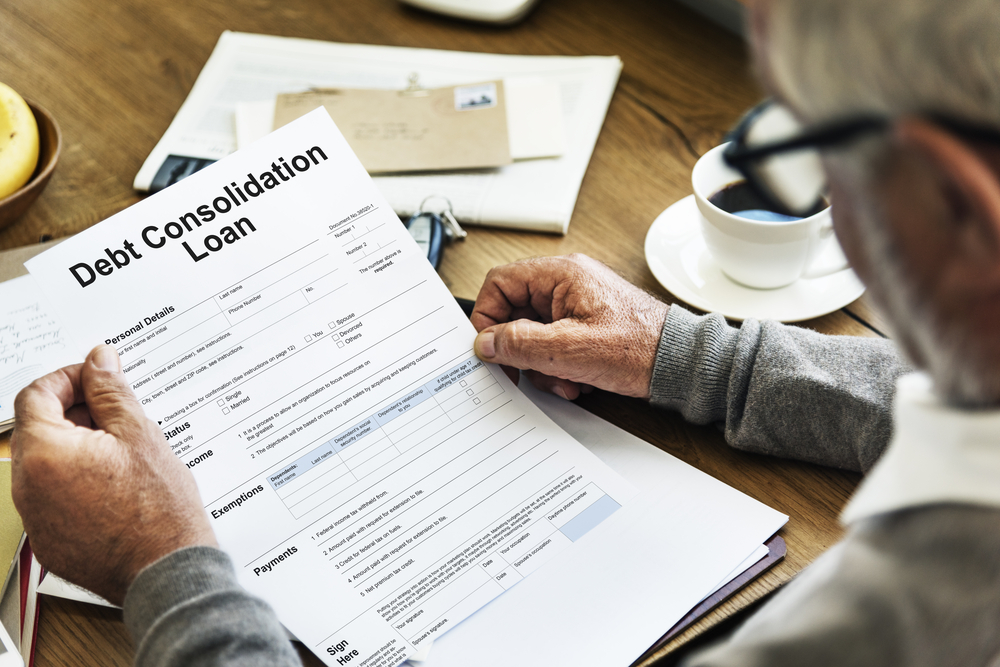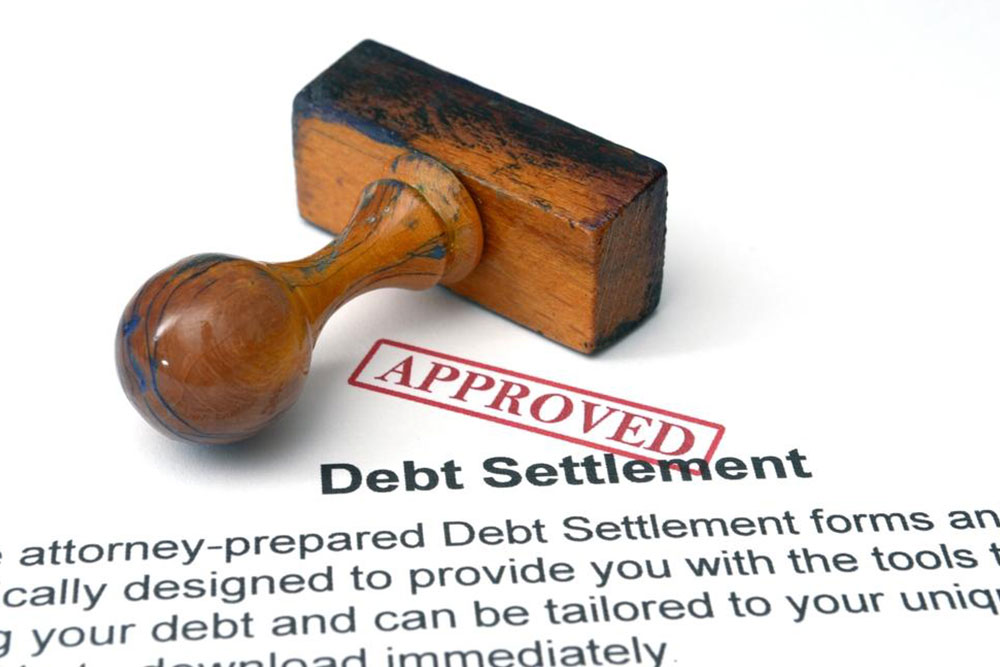Comprehensive Guide to Debt Relief and Consolidation Options
This article explores various debt relief options, including consolidation loans, debt settlement, balance transfer cards, and bankruptcy. It offers insights into each method's benefits and risks, helping individuals choose the best strategy to manage and reduce their debts effectively. Professional advice is recommended for tailored solutions and financial recovery.

Debt consolidation involves combining multiple debts into a single loan, often with more favorable repayment terms. This process helps lower interest rates or monthly payments, making debt management easier. There are mainly two types: one replaces old debts with a new consolidated loan, paying off creditors directly, and the other creates a debt management plan that tracks and handles payments to multiple lenders. These strategies include debt settlement, balance transfer credit cards, and bankruptcy, each suited for different financial situations. Consulting a debt counselor can help determine the best option for your needs.
Debt settlement services negotiate with creditors to reduce total owed, but may involve high fees. Balance transfer cards offer short-term relief via 0% interest rates, ideal for paying off existing debt faster. Bankruptcy can wipe out oppressive debts, but impacts credit history significantly and should be considered as a last resort. Debt management programs help those overwhelmed by debt, but often come with high costs. Proper guidance can help navigate these choices wisely and regain financial stability.








